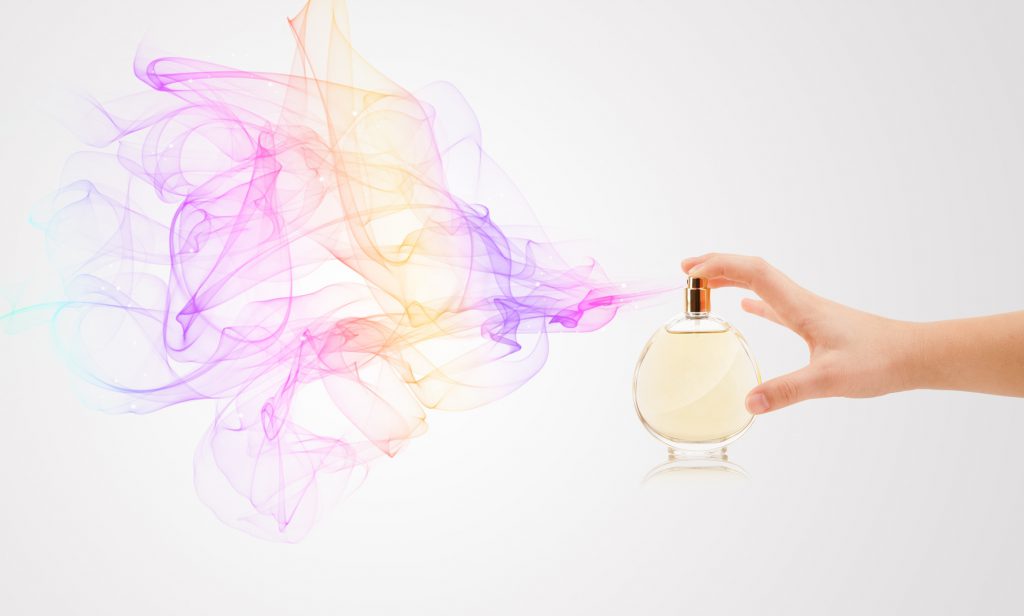
Parabens can be found in cosmetics, medicines and various types of food. Although they are commonly encountered, they have a huge number of opponents. Are parabens actually harmful? How to recognize those harmful ones? Where can they be found and how to avoid them? What other preservatives are used in cosmetics, medicines and food?
Parabens – what are they?
Parabens are a series of esters of phydroxybenzoic acid, among which there are parabens with different alkyl groups: methyl parabens, ethyl parabens, propyl parabens, butyl parabens, heptyl-arabenes and benzyl-arabens. In other words, parabens are chemicals used to protect products from spoiling. Parabens are valued not only for their properties that prolong the freshness of the products, but also because they don’t change them in any way. To put it another way, parabens don’t change the characteristics of cosmetics and food, therefore their colour, smell and consistency remain unchanged. They have been used since the 1940s, but since the late 1990s they have been perceived as harmful.
Are parabens harmful?
Parabens have long been considered dangerous, which is why they are one of the most thoroughly studied groups of preservatives. Nevertheless, doubts about their harmfulness have still not been allayed. Where did these doubts come from?
Are parabens harmful?
Parabens have long been considered dangerous, which is why they are one of the most thoroughly studied groups of preservatives. Nevertheless, doubts about their harmfulness have still not been allayed. Where did these doubts come from?
It all started in 2004, when during some research in breast cancer, parabens in their pure form were found in the patients’ cells. Those substances had to enter the body somehow, for example through their skin.
Parabens are also believed to be imitating estrogens (sex hormones) which affect fertility in men. This is why, since 2005, manufacturers have tried to launch paraben-free products on the market. In practice, the parabens have been replaced by other preservatives unrecognizable for an average consumer. Since then, the impact of parabens on human health has been studied by the European Commission.
How to recognize harmful parabens?
Previously, all parabens were treated equally, but research conducted at the beginning of 2011 proved that not all – and not in all concentrations – must be harmful. Propylparaben and butylparaben are harmful in the dose used so far, but after it has been reduced twice, they can be used without any worries in cosmetics, medicines and food products. In turn, methylparaben and ethyl paraben were and are still considered harmless. Unfortunately, there is no research on more complex compounds, such as isobutylparaben.
Where are parabens used?
Parabens can be found in all articles subject to rapid spoiling and those that have direct access to bacteria (face creams, body lotions, oils, toners, lipsticks, lip glosses) and with long shelf life (powders, foundations). Parabens are included in the majority of deodorants and perfumes.
How to avoid parabens?
The cosmetics most often contain methylparaben and propylparaben, the first of which, as it has already been mentioned, is safe for health. Avoiding parabens might be difficult because most cosmetics contain at least one such preservative. In this situation, it is worth reaching for dermocosmetics, which are often adapted to sensitive and allergic skin.
Some ecological and bio-based products are also devoid of parabens. In order to omit preservatives the manufacturers come up with many different solutions. One of them involve cosmetics that should be stored in the fridge due to their short shelf life (only a few months). If you want to avoid preservatives as much as possible, you can change your toner for facial astringents made of chamomile, cucumber or rose water, and hair oils with vegetable oils.
Other preservatives used in cosmetics, medicines and food products
Those include:
- alcohols,
- derivatives of carboxylic acids, aldehydes, phenols, guanidines and ammonium salts,
- organic mercury compounds,
- heterocyclic compounds,
- sulphites and bisulphites,
- sodium iodate.





Leave a Reply